The Museum Association of New York (MANY) is pleased to announce the election of four new members to its Board of Directors and the election of two members to their second terms.
Newly elected board members are Mariano Desmarás, Michael Galban, Lara Litchfield-Kimber, and Emily Martz. Peter Hyde and Georgette Grier-Key have been re-elected to their second terms, bringing the total board size to 23. Members of MANY’s Board of Directors serve three years terms and represent museums of all disciplines, budget sizes, and geographic locations as well as partner industries in New York State.
“These new and renewing board members bring significant expertise, passion and energy to the work of MANY as it continues to provide resources for, and advocacy on behalf of, all the varied museums in New York State,” said Suzanne LeBlanc, MANY Board President and President of the Long Island Children’s Museum. “They are leaders in the museum field and committed to bringing diverse perspectives to the critical work of our organization as MANY responds to the challenges facing our organization and all museums. I am pleased to have the opportunity to continue to work with Peter and Georgette, and to welcome Mariano, Michael, Lara and Emily to the MANY Board of Directors.”
“Museum professionals make a significant commitment to support MANY and New York’s museum community when they join the Board of Directors,” said Erika Sanger, MANY Executive Director. “The incredible expertise represented on MANY’s board helps us leverage resources and support our members in ways that would not be possible without their extensive range of skills, knowledge, and talent. Our board is helping MANY through this challenging time and I look forward to our work together envisioning ways to grow and respond to changes in the museum field and our society.”
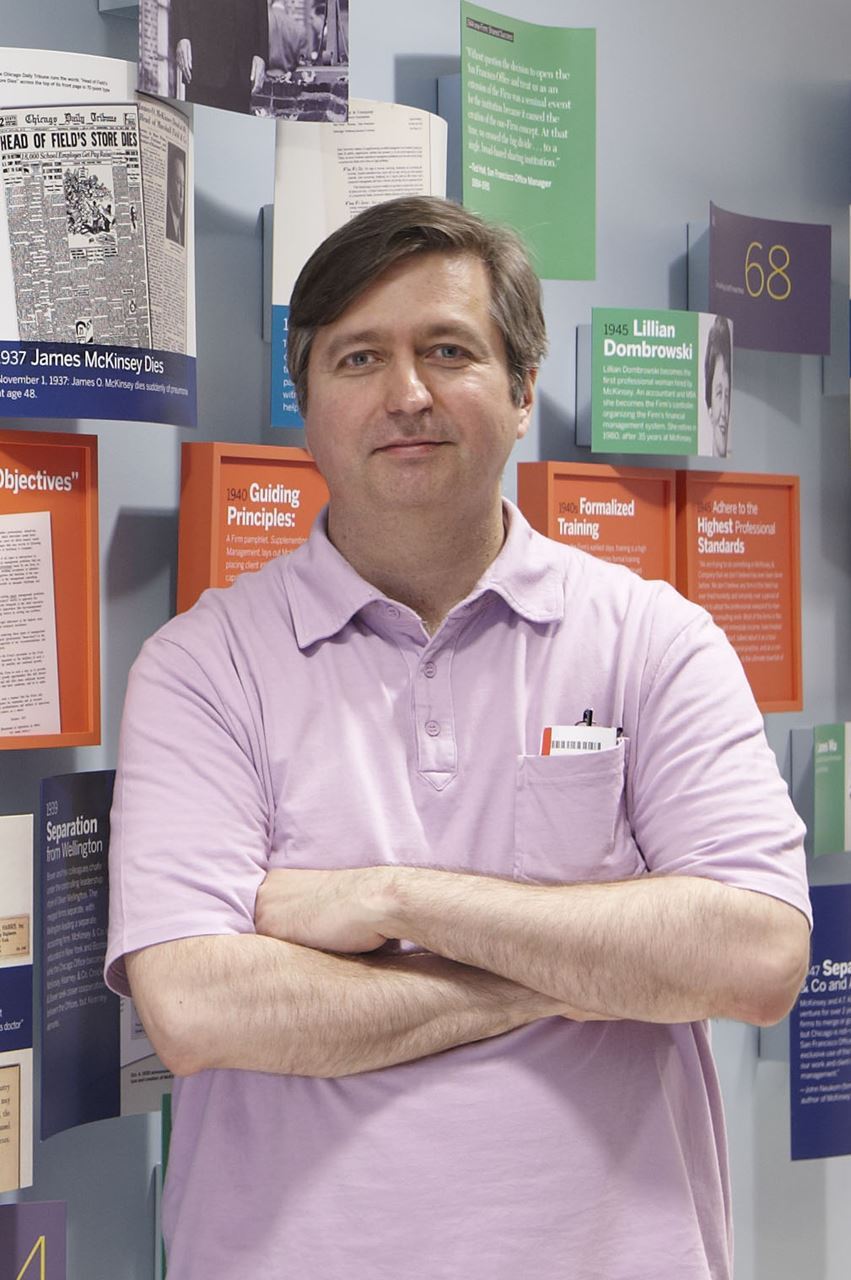 Mariano Desmarás is an exhibit designer who has worked with museums for two decades. The owner of Museum Environments, Desmarás has trained and worked in a variety of cultural and linguistic environments. He has designed numerous bilingual exhibits for institutions such as the Museum of Chinese in America, El Museo del Barrio, and the Anacostia Community Museum, Smithsonian. Desmarás is the former Chair of The Latino Network of AAM.
Mariano Desmarás is an exhibit designer who has worked with museums for two decades. The owner of Museum Environments, Desmarás has trained and worked in a variety of cultural and linguistic environments. He has designed numerous bilingual exhibits for institutions such as the Museum of Chinese in America, El Museo del Barrio, and the Anacostia Community Museum, Smithsonian. Desmarás is the former Chair of The Latino Network of AAM.
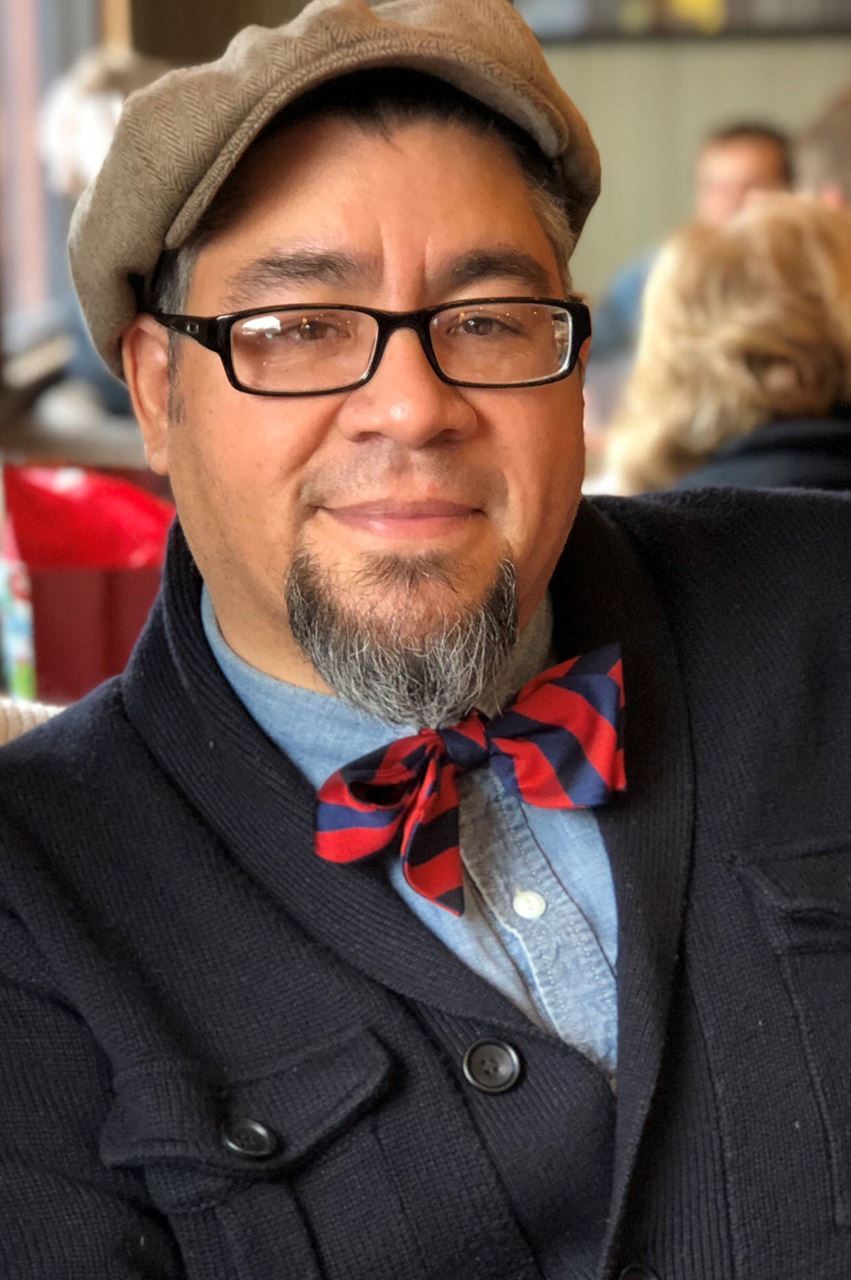 Michael Galban is the Curator at Seneca Art & Culture Center, Ganondagan State Historic Site. He has expert knowledge of Native American material culture and art specializing in eastern woodland culture and has been actively working with the many Haudenosaunee communities to preserve ancient arts for over twenty years. Galban also works as a costume and historical consultant in film and television and on historic site development, most recently with the Museum of the American Revolution on their Oneida Patriots exhibition.
Michael Galban is the Curator at Seneca Art & Culture Center, Ganondagan State Historic Site. He has expert knowledge of Native American material culture and art specializing in eastern woodland culture and has been actively working with the many Haudenosaunee communities to preserve ancient arts for over twenty years. Galban also works as a costume and historical consultant in film and television and on historic site development, most recently with the Museum of the American Revolution on their Oneida Patriots exhibition.
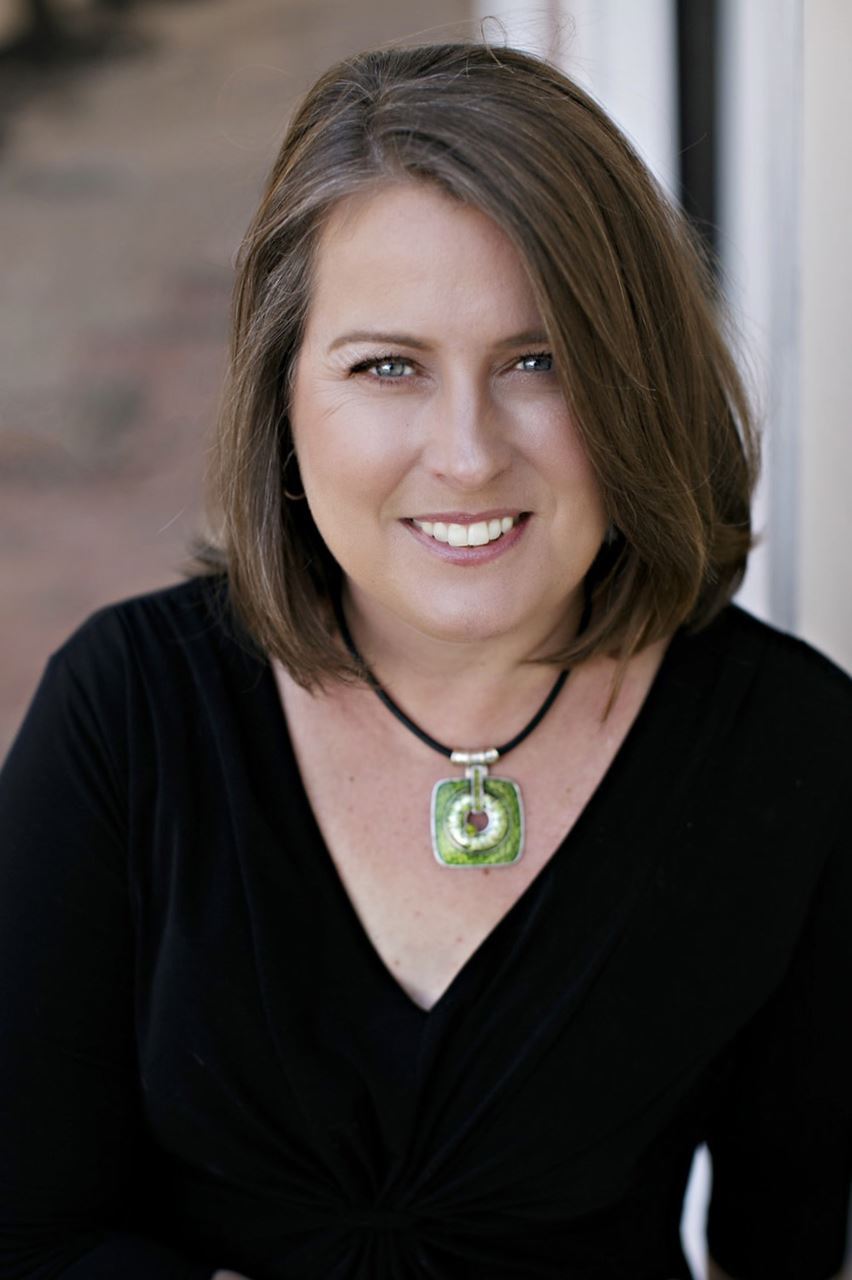 Lara Litchfield-Kimber has been the Executive Director of the Mid-Hudson Children’s Museum since 2012. In 2019 she was named a Noyce Leadership fellow at the recommendation of the Association of Science Technology Centers (ASTC), and in 2015 was the Athena Leadership Award Recipient for the Hudson Valley. Litchfield-Kimber is currently serving as a member of the board of the Association of Children’s Museums.
Lara Litchfield-Kimber has been the Executive Director of the Mid-Hudson Children’s Museum since 2012. In 2019 she was named a Noyce Leadership fellow at the recommendation of the Association of Science Technology Centers (ASTC), and in 2015 was the Athena Leadership Award Recipient for the Hudson Valley. Litchfield-Kimber is currently serving as a member of the board of the Association of Children’s Museums.
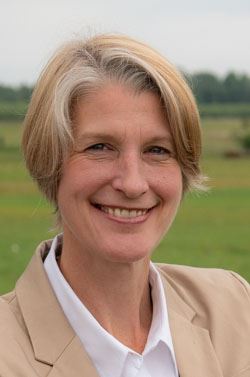 Emily Martz, PhD is the Executive Director of Sagamore Institute of the Adirondacks, which is the steward of Great Camp Sagamore, a National Historic Landmark. Martz’s work in museums combines her past careers in higher education, nonprofits, and business. Martz spent a decade directing the sales and marketing for major fund companies in the Pacific Northwest and in Boston before earning her doctorate in History at the University of Delaware. After teaching she moved into the nonprofit sphere directing the operations and finances for a regional economic development organization.
Emily Martz, PhD is the Executive Director of Sagamore Institute of the Adirondacks, which is the steward of Great Camp Sagamore, a National Historic Landmark. Martz’s work in museums combines her past careers in higher education, nonprofits, and business. Martz spent a decade directing the sales and marketing for major fund companies in the Pacific Northwest and in Boston before earning her doctorate in History at the University of Delaware. After teaching she moved into the nonprofit sphere directing the operations and finances for a regional economic development organization.
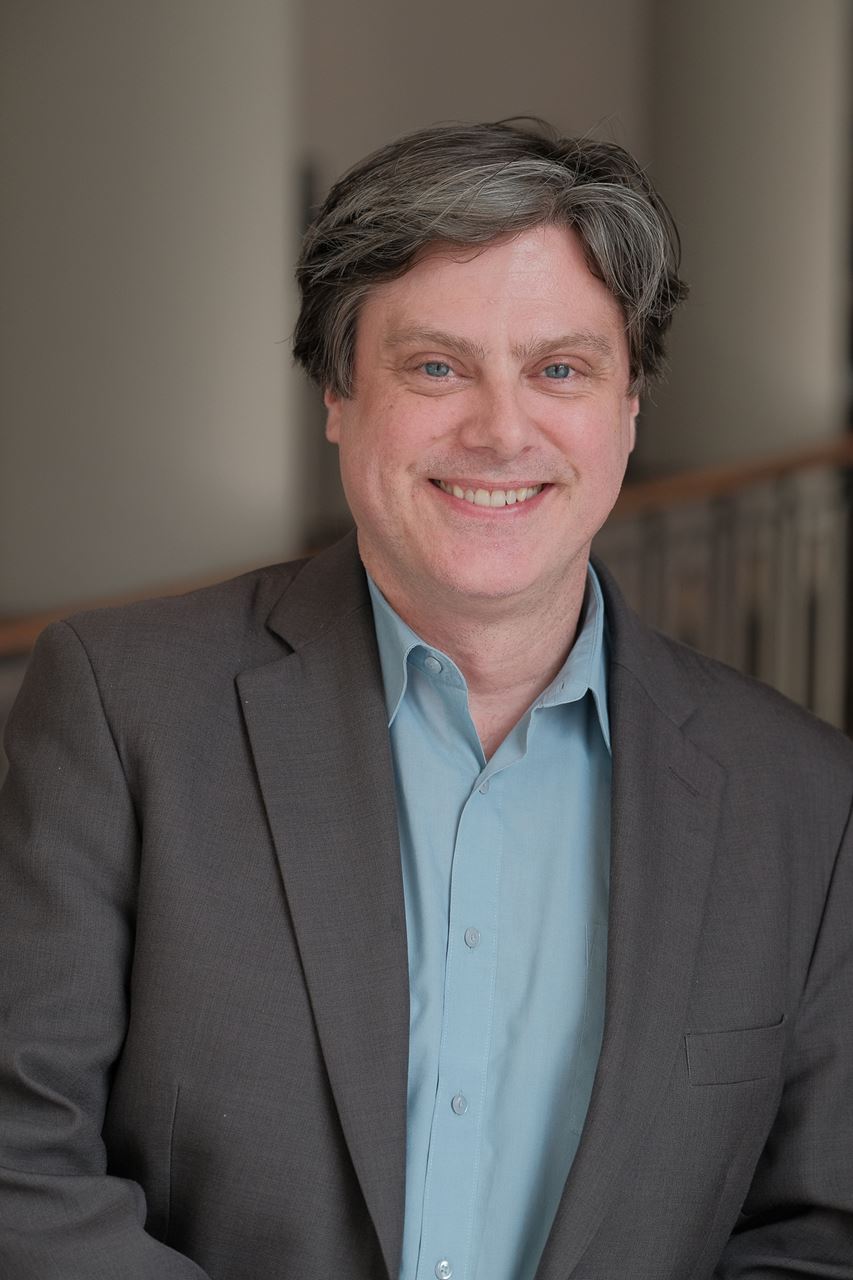 Peter Hyde is a highly accomplished designer with over twenty years of experience in the professional design field. Hyde has worked independently and for internationally recognized design firms before founding Peter Hyde Design in 2012. Hyde’s work focuses on providing dynamic and innovative exhibit and experience design solutions. His clients include museums, historical societies, learning centers, science centers, sport facilities, and Fortune 500 companies.
Peter Hyde is a highly accomplished designer with over twenty years of experience in the professional design field. Hyde has worked independently and for internationally recognized design firms before founding Peter Hyde Design in 2012. Hyde’s work focuses on providing dynamic and innovative exhibit and experience design solutions. His clients include museums, historical societies, learning centers, science centers, sport facilities, and Fortune 500 companies.
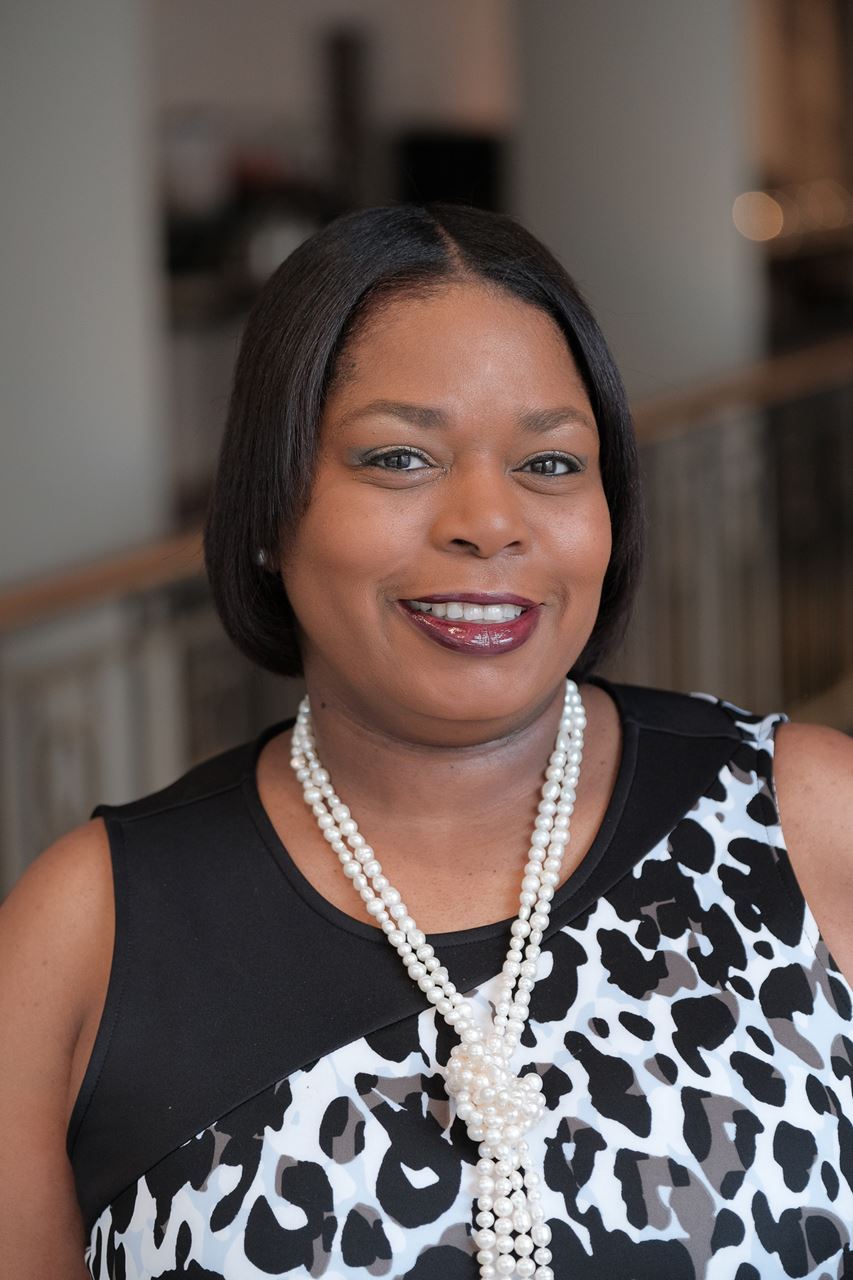 Dr. Georgette Grier-Key is the first Executive Director and Chief Curator of Eastville Community Historical Society. Grier-Key is also the President of the Association of Suffolk County Historical Societies and Cultural Partner for Sylvester Manor of Shelter Island. She is an outspoken advocate for the preservation and celebration of Long Island history with an emphasis on African American, Native American, and mixed-heritage historical reconstruction. Grier-Key has been awarded the Legacy Award from the National Association for the Advancement of Colored People, Central Islip Branch. Grier-Key is the Chair of the Governance Committee
Dr. Georgette Grier-Key is the first Executive Director and Chief Curator of Eastville Community Historical Society. Grier-Key is also the President of the Association of Suffolk County Historical Societies and Cultural Partner for Sylvester Manor of Shelter Island. She is an outspoken advocate for the preservation and celebration of Long Island history with an emphasis on African American, Native American, and mixed-heritage historical reconstruction. Grier-Key has been awarded the Legacy Award from the National Association for the Advancement of Colored People, Central Islip Branch. Grier-Key is the Chair of the Governance Committee
The full list of board members for MANY is listed below.
Suzanne LeBlanc, President, Long Island Children’s Museum, Board President
Brian Lee Whisenhunt, Executive Director, The Rockwell Museum, Vice-President
Bruce Whitmarsh, Executive Director, Chemung County Historical Society, Treasurer
Becky Wehle, President & CEO, Genesee Country Village & Museum, Secretary
Ian Berry, Dayton Director, The Frances Young Tang Teaching Museum, Skidmore College
Billye Chabot, Executive Director, Seward House Museum
Mariano Desmarás, Creative Director, Museum Environments
Alexandra Drakakis, Director of Collections Strategy & Archives, The Madison Square Garden Company
Starlyn D’Angelo, Director of Philanthropic and Strategic Initiatives, Palace Performing Arts Center
Georgette Grier-Key, Executive Director and Chief Curator, Eastville Community Historical Society
Michael Galban, Curator, Seneca Art & Culture Center, Ganondagan State Historic Site
Peter Hyde, Owner, Peter Hyde Design
Theodore K. Johnson, President & CEO, Hadley Exhibits, Inc.
Eliza Kozlowski, Director of Marketing and Engagement, George Eastman Museum
Lara Litchfield-Kimber, Executive Director, Mid-Hudson Children’s Museum
Emily Martz, Executive Director, Sagamore Institute of the Adirondacks
Shelia McDaniel, Deputy Director, Finance & Operations, The Studio Museum in Harlem
Ken Meifert, Vice-President for Sponsorship and Development, National Baseball Hall of Fame and Museum
Thomas Schuler, Chief Government Affairs Officer, The Metropolitan Museum of Art
Tom Shannon, Director of Building and Security Services, Asia Society
Diane Shewchuk, Curator, Albany Institute of History & Art
Natalie Stetson, Executive Director, Erie Canal Museum
Marisa Wigglesworth, President and CEO, Buffalo Museum of Science, Tifft Nature Preserve
The MANY office is located at 265 River Street, Troy, NY. For more information on the Museum Association of New York, please call (518) 273-3400, visit us on the web at www.nysmuseums.org, or follow us on our social media channels.
